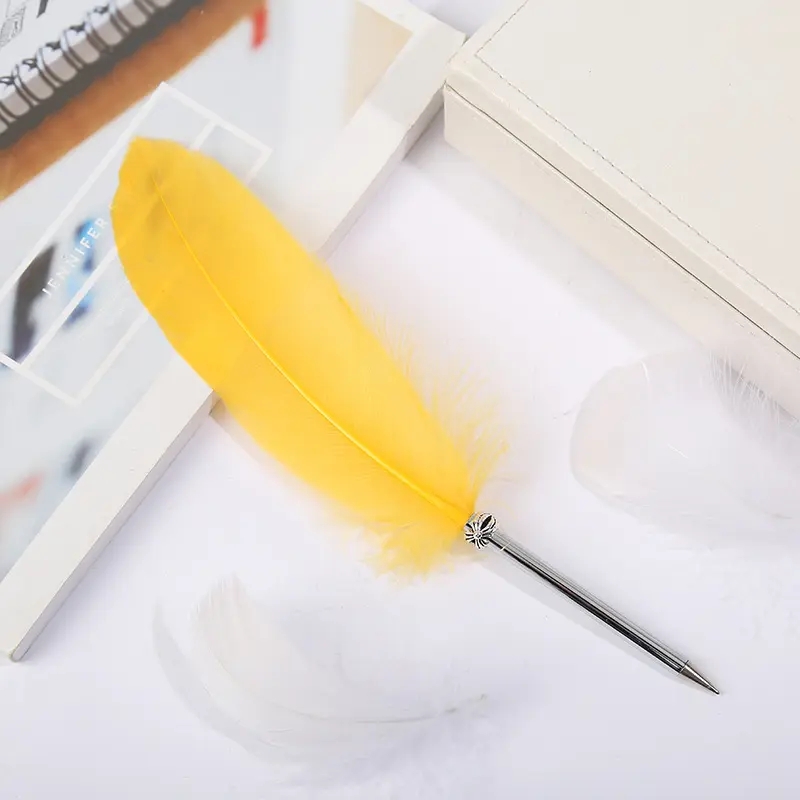The Ball Pen, a small yet essential tool, has found its way into the hands of millions worldwide. It’s an unassuming companion for jotting down notes, expressing creativity, and putting thoughts onto paper. In this article, we’ll explore the history, anatomy, diverse applications, and tips for choosing the perfect Ball Pen.
1. A Brief History of the Ball Pen
The story of the Ball Pen dates back to the early 20th century when Hungarian journalist László Bíró introduced an innovative writing device in 1938. Unlike traditional fountain pens, Bíró’s invention featured a small, rolling ball at the tip, which distributed ink evenly as it moved across paper. This design significantly reduced smudging and the need for constant ink refills, revolutionizing the writing experience.
2. Anatomy of the Ball Pen
A Ball Pen consists of several essential components:
Pen Barrel: Typically made from plastic, metal, or a combination of materials, the barrel encases the pen’s internal mechanisms and provides a comfortable grip.
Pen Cap: This removable cap serves to protect the pen’s ballpoint and prevents ink from drying out.
Ballpoint: The heart of the Ball Pen, it houses a tiny, rotating ball that dispenses ink onto the writing surface.
Ink Reservoir: Located inside the barrel, it stores the ink supply, ensuring a continuous writing experience.
Ink: Specially formulated ink that flows smoothly onto paper and dries quickly, preventing smudging.
3. Diverse Applications of the Ball Pen
The versatility of the Ball Pen is remarkable, making it indispensable in various settings:
Educational: Students rely on Ball Pens for taking notes, completing assignments, and acing exams.
Professional: In offices, Ball Pens are essential tools for signing documents, jotting down meeting minutes, and maintaining organized records.
Creative: Artists and designers appreciate the precision and control Ball Pens offer for sketching, drawing, and crafting intricate designs.
Everyday Use: Whether writing a heartfelt letter, making shopping lists, or keeping a journal, Ball Pens are reliable companions for daily tasks.
4. Tips for Choosing the Right Ball Pen
Selecting the perfect Ball Pen can enhance your writing experience. Here are some considerations:
Ink Type: Choose between oil-based or gel ink based on your preference. Oil-based ink dries quickly, while gel ink offers a smoother writing experience and a broader color palette.
Tip Size: Ball Pen tips come in various sizes, with finer tips suitable for detailed work and broader tips for bolder strokes.
Material and Style: Consider the aesthetics and materials that resonate with your preferences, whether it’s a sleek metal finish or a vibrant plastic design.
Price Range: Ball Pens are available at different price points, so select one that aligns with your budget without compromising quality.
In conclusion, the Ball Pen is a versatile writing instrument with a rich history and a wide range of applications. By understanding the key components and factors to consider when choosing a Ball Pen, you can ensure an enjoyable and efficient writing experience in various aspects of your life, from education to professional endeavors and creative expression.



